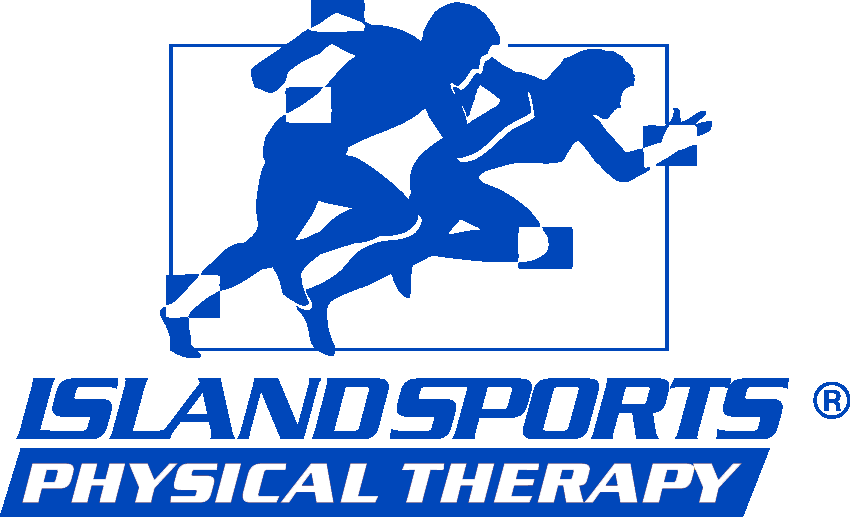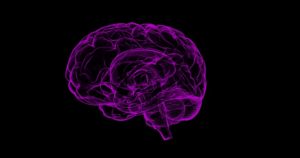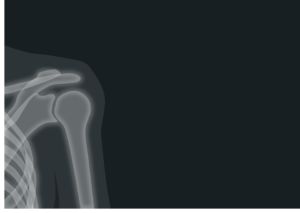
Cycling Injuries
Spring has officially sprung! And just as the just as the nice weather has pushed the leaves to rise out of their buds, so too has it pushed you and me to rise out of our beds to enjoy all it has to offer. One of the most popular springtime activities, of course, is bicycle riding. Bike riding has garnered a reputation over the years as being something that people can enjoy both recreationally and competitively. While many of us may take bike riding for granted, it is always important for us to be reminded of the cycling injuries related to such an involving activity, and how to best prevent or treat them.
Always wear a helmet! Cycling-related accidents account for approximately 900 deaths per year. The majority of these deaths are the result of head trauma following a crash, fall, or collision of some kind. Experts suggest that wearing a helmet while cycling can reduce the risk of head trauma by eighty-five percent. Bicycle helmets can usually be purchased at low costs and in a variety of styles, so there is no reason to ever put yourself at an increased risk of head trauma while enjoying a lovely spring day by not wearing one.
While head trauma following a cycling accident may be the most immediately serious of all potential injuries, it is not the only type to be aware of. Statistics show that most fatal injuries are sustained by cyclists between the ages of 15 and 19, as well as cyclists near 40 years of age and older. So where does that leave the rest of us? Avid cyclists who enjoy long rides often find themselves suffering from “overuse” injuries- most commonly knee, back, and neck pain. These types of injuries can be prevented by wearing well-fitting shoes with supportive padding, pre-ride stretches, and regular bike maintenance to make sure that everything fits your body comfortably. Other overuse injuries include forearm and wrist pain, urogenital and buttox discomfort, and foot numbness; all of which can be taken care of with a mid-ride position change.
Here at Island Sports Physical Therapy, we specialize in treating neck and back pain through spinal rehabilitation, as well as in treating sport-specific injuries with workout plans. Whether you have already suffered from cycling injuries, or would like some preventative treatment to ensure that you will be the best cyclist you can possibly be, make sure to schedule your appointment today.
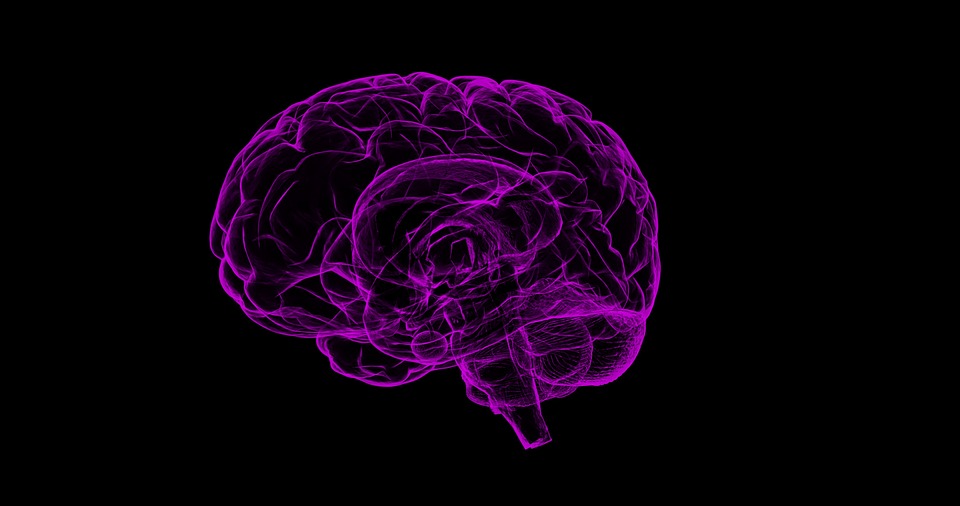
Traumatic brain injuries are on the rise due to falls in older adults
Traumatic brain injuries occur when an injury to the head disrupts brain function. These injuries are often very serious and can result in extensive physical and cognitive damage. Traumatic brain injuries affect an estimated 1.7 million people in the US annually and can range from mild to severe in their effects on brain functioning. While these injuries occur in a variety of ways, reports of traumatic brain injuries are on the rise in older adults with falls being the leading cause. It is important for older adults to be aware of risk factors for falls, and to be able to recognize the symptoms of traumatic brain injury.
Of course, anyone can fall as a result of a typical accident, regardless of age. But often, older adults develop conditions that put them at a higher risk for falls, which can result in a traumatic brain injury. Some factors include foot, vision, or sensory problems. Blood pressure conditions, such as hypotension, can also cause dizziness and contribute to instability. Additionally, side effects from medication and age-related issues such as slowed reflexes, poor balance, or muscle weakness can increase your chance of falling. Because traumatic brain injuries are on the rise due to falls in older adults, it is key to be aware of these risks to successfully avoid such an injury.
Symptoms of traumatic brain injury can be physical and/or cognitive with varying levels of severity. In some cases, the associated complications may not occur immediately after the injury. Mild physical symptoms can include: changes in sleep pattern, fatigue, headache, nausea/vomiting, dizziness, sensory changes (taste, auditory, smell, etc.), confusion, and temporary unconsciousness- sometimes lasting up to several minutes. More severe physical symptoms can include persistent, worsening headache, numbness in fingers or toes, seizures, persistent vomiting/nausea, unconsciousness (lasting up to several hours), and pupil dilation. Mild cognitive symptoms include depression and/or anxiety, changes in mood, or concentration and memory problems, while more severe symptoms include slurred speech, strange behavior, and significant confusion.
Because traumatic brain injuries are on the rise due to falls in older adults, awareness of risk factors for falling, and acknowledgment of traumatic brain injury symptoms is crucial. If you have experienced a head injury as a result of a fall or other accident, the experts at Island Sports Physical Therapy in East Meadow can help you recover. Don’t put off something that may carry serious health consequences! Contact us today to receive the compassionate, quality care that you deserve.

Physical Therapy in East Meadow
The elbow is not a simple joint. Like the shoulder, it is fairly complex, allowing us to perform a wide range of motions with our arms. However, because it is so diverse in movements, that leaves it open for different types of injuries and pain. The elbow is made up of three major bone structures including the upper arm bone or humerus and the two bones that make up the forearm- the ulna, and radius. At the end of each of these bones, there is cartilage that helps aid the quick and smooth movement of the elbow. Cartilage also helps absorb shock or injury from a fall or hit. The cartilage is supported by even stronger tissues called ligaments which are attached to your arm muscles by tendons. All of these pieces making up the whole system work in unison to grant the elbow flexibility.
The entire joint system is surrounded by nerves, so if anything happens to one part of it, it can cause a lot of pain throughout. The most common injuries that occur in the elbow are dislocation, fracture, strains, and sprains. Strains are the most easily inflicted and, luckily, are the least painful. These occur when you lift something that is a bit too heavy or overuses the elbow with vigorous movements found in such activities like sports or dancing. Sprains are more likely to affect athletes who perform throwing motions for items such as balls or racquets.
Ways to avoid these injuries- or elbow pain in general- would be to do a lot of strength training and stretching. Strength training prepares you for lifting or throwing any kind of weighted object. When it comes to being prepared for movement without pain, the best people to discuss your joints with are physical therapists. At Island Sports Physical Therapy in East Meadow, we offer sports and movement training to help athletes avoid elbow pain or serious injury. Our dedicated staff understands that everyone is different and takes the time to accurately evaluate each patient to develop the best possible course for recovery. ISPT has offices in East Northport, Huntington, Nesconset, Glen Cove, and East Meadow to better serve the residents of Long Island for all their physical therapy needs. Give one of our offices a call today!

Physical Therapy and Joints
Are you having trouble learning how to manage your acute or chronic joint pain? You are not alone. According to a 2015 study published by the National Health Institute, over 11% of the American adult population suffers from some sort of persistent pain on a daily basis. The first step in managing your joint pain is to understand its causes and symptoms. Joint pain is the pain, discomfort, or inflammation that arises from inside the affected joint(s) as a result of either a chronic pain condition- such as rheumatoid arthritis, osteoarthritis, gout, etc.- or from an incidental sprain or strain.
There are several treatment options available to you for the relief of your joint pain. You may want to start by trying the over-the-counter medications available at your local pharmacy including options such as Aspirin, Advil, and Aleve. If your level of pain remains consistent after regularly taking these types of medication, it may be time to consult a physician.
If you find that previous treatments have been helpful in lessening your joint pain, but would then like to enhance your rehabilitation with the help of licensed physical therapy professionals, Island Sports Physical Therapy in Nesconset is here for you. Island Sports Physical Therapy has spent the last thirty years developing a hands-on approach to treat any sort of orthopedic or neurological condition and relies on competence, compassion, and good old-fashion hard work to achieve it. Each of our five Long Island locations is fully equipped with a staff of highly qualified physical therapists who will tailor an exercise plan specific to you that will help you reach your goal in combatting joint pain.
Contact us!
These plans normally include exercises designed to strengthen the muscles around the affected joint(s), as well as the muscles in other parts of your body that assist the joint in moving properly. For example, if you suffer from chronic knee pain, your physical therapy will include hip and back exercises such as squatting. Our locations specialize in joint replacement, spinal rehabilitation, sports rehabilitation and training, pediatric care, and more. So, whether you want to get back to work, back on the field, or just get through your day with as little joint pain as possible, Island Sports Physical Therapy in Nesconset is here to help!

Concussion Complications and Physical Therapy
Concussions are a tricky injury. With all the media coverage on the technology and science behind the research, concussions are still complex enough to hinder long-term injury solutions in the medical professional world. Concussions are head injuries that can cause traumatic brain damage and have the ability to ultimately change the chemical balance of the brain overall. These dangers explain why concussions are considered to be one of the most serious injuries to the human body by any medical provider.
Concussions occur when the brain is violently shaken and possibly bruised. This sudden motion can occur from whiplash including a blow to the upper body or head itself. The sudden tremor of the brain can affect it in different and unpredictable ways. Since the brain is the command center that controls the rest of the body, any injury it sustains can greatly negatively affect other areas as well, depending on how bad it is. It can immediately cause slow reflexes, coordination issues, and nausea. Long-term symptoms include weight gain, loss of libido, muscle spasticity, and early onset of dementia. People from all walks of life are at risk of falling or hitting their head on something. Whether it’s a baby who just learned how to sit up, or a senior citizen walking on the sidewalk, a fall can happen to any person, at any age, at any time.
At Island Sports Physical Therapy in Nesconset, we provide services for everyone’s pain management, no matter the cause. Our offices in Huntington, Nesconset, East Northport, Coram, East Meadow, and Glen Cove all help clients across Long Island in dealing with the pains that stem from suffering a concussion. Following the trauma, many people suffer from not having balance, dizziness, and vertigo- all ailments that our team of physical therapists is equipped to help patients deal with. If you think you recently experienced a head injury and are suffering from a concussion-like symptom, contact us to make an appointment today.

Knee Conditions
Most people will experience knee pain at some point in their lives. Knee pain can be caused by a variety of activities and issues. Your knee is made up of important structures that can get damaged or injured. Common knee injuries include fractures, dislocations, sprains, and tears. Some knee conditions should be taken seriously and may require special treatment or surgery. If you are looking to rehabilitate, our staff at Island Sports Physical Therapy in Glen Cove can provide the best care and treatment for your knee.
Knee problems can be diagnosed by physical examination and x-rays. The most common signs of knee injuries are pain and swelling. Knee pain can also be a cause of diseases such as osteoarthritis, tendinitis, and bursitis. They all cause inflammation in the knee and cartilage which makes it difficult to walk. Fractures and dislocations in the knee should seek immediate medical attention. Fractures in the knee include the kneecap, thighbone, and shinbone. This can occur from falls and collisions. When the knee is dislocated, the femur, tibia, and/or patella can be forced out of place. Dislocations occur from sports, falls, and accidents.
Tears that occur in the knee involve ligaments, meniscus, and tendons. The most common ligaments injured are the anterior cruciate ligament (ACL) and the medial collateral ligament (MCL). The ACL is often injured in sports and mostly occurs when you land improperly. ACL tears can take anywhere from a few months to a year to fully heal. MCL tears often happen in sports as well and occur when the knee takes a hard hit. MCL tears take anywhere from a couple of weeks to a month to heal. Meniscus tears are common among athletes. They can occur when the knee makes a sudden or improper movement. Some can be treated with ice to reduce swelling. In more severe cases, arthroscopic surgery may be required.
Contact us!
Your knee has many components, making it more prone to injury. If you are suffering from a knee condition, it is important to receive the right treatment. Our physical therapists at ISPT will help rehabilitate and re-strengthen your knee. Call ISPT now to make an appointment.

What Is Biceps Tendonitis?
Biceps tendonitis is the inflammation of the upper bicep tendon which connects the bicep muscle to the bones in the shoulder. Often caused by overuse, repetitive motions from manual labor or sports activities can damage cells in the shoulder and lead to tendonitis. When cells get damaged, continued use doesn’t give them the opportunity to regenerate and can slowly deteriorate the tendons, resulting in biceps tendonitis. The biceps can also tear immediately from a sudden injury like a fall directly on the top of the shoulder. Should you suffer from this condition, be sure to contact Island Sports Physical Therapy to get the biceps tendonitis physical therapy you need.
Symptoms:
Other shoulder problems such as rotator cuff tears, shoulder impingement, and shoulder instability can all attribute to bicep tendonitis. Pain experienced in the front of the shoulder and a feeling of weakness are the most common symptoms of biceps tendonitis. Other symptoms that could be the result of biceps tendonitis are:
- An audible pop or snap
- Cramping of the bicep muscles
- Bruising from the upper arm to the elbow
- Difficulty turning the palm up or down
If you have any discomfort in your shoulder or experience with any of the above symptoms, you should seek out biceps tendonitis physical therapy to get a proper diagnosis and prevent any further injury.
When diagnosed, immediate treatment for biceps tendonitis includes resting, avoiding the activity that caused the injury, and taking over-the-counter drugs to ease the pain such as Advil or Ibuprofen. In many cases, doctors will recommend working with a physical therapist to return the biceps to full strength. Therapists will work with patients to evaluate how they performed the activity that caused the injury to reduce overuse and the risks of future injury.
Contact Us For Biceps Tendonitis Physical Therapy
If you’re in need of biceps tendonitis physical therapy treatment on Long Island, Island Sports Physical Therapy combines the best techniques with education to ensure you get better while preventing future injury. Island Sports has several locations on Long Island, making it readily accessible no matter where you reside.
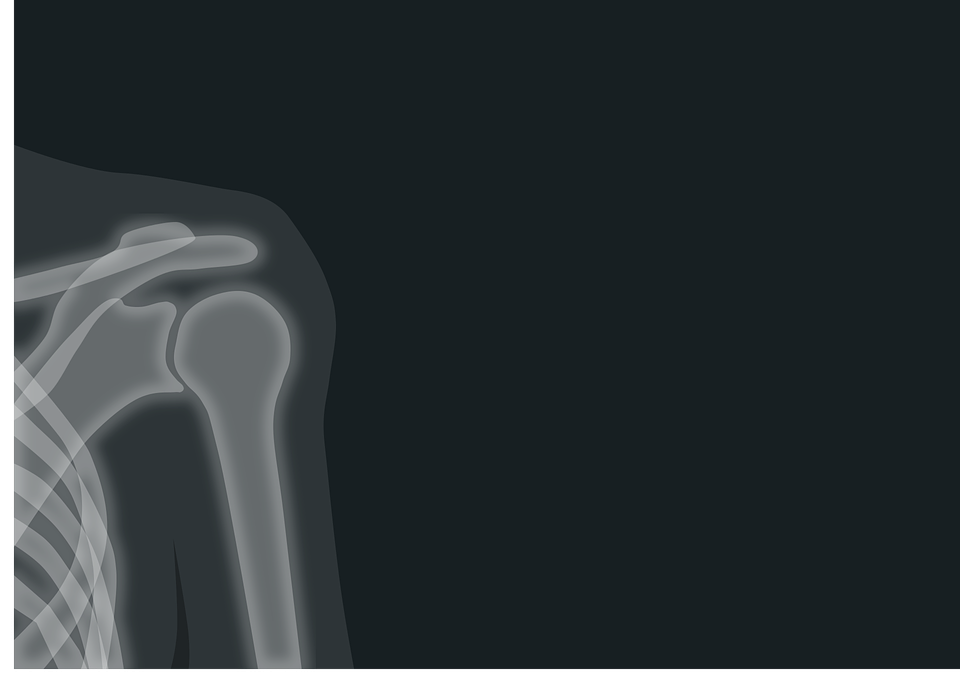
Chronic Shoulder Pain
The shoulder is an intricate grouping of bones, muscles, and tendons that syncs up to allow the arm to move in any direction- east, west, north, and south. With so many factors in play, however, the surrounding soft tissue and bone structures are susceptible to injury which results in chronic shoulder pain. The varying degrees of this pain is pronounced with or without shoulder activity and may require professional treatment to completely heal.
Understanding the causes of chronic shoulder pain warrants a view at the anatomy of the unique ball and socket joint itself. The three bones that make up the shoulder are the humerus (upper arm), scapula (shoulder blade), and clavicle (collarbone). The top portion of the humerus fits inside the shoulder blade port, known as the “glenoid” and is kept in place with the support of the surrounding muscles and tendons that make up the rotator cuff. While this loose fit allows for a wide range of motion, it also leaves the shoulder at a higher risk of injury.
The four main categories:
Chronic shoulder pain conditions can be placed in four major categories:
- Tendon Inflammation or Tear– “Bursitis” sets in when the bursae- or tiny sacs of fluid that cushion the interaction between bones and tissue- become irritated. Shoulders can also experience tendonitis as well.
- Instability– This category centers around the shoulder becoming completely or partially dislocated from either overuse or sudden impact.
- Arthritis– While there are many forms, “osteoarthritis” in the shoulder is the most common and involves general wear and tear of the joint.
- Impingement– This condition occurs when the shoulder blade or “acromion” rubs against the underlying tissue. From this friction, bursitis and tendonitis can develop over time.
Contact us!
No matter the causes or symptoms of chronic shoulder pain, medical intervention is essential for a proper recovery. The friendly staff that makes up Island Sports Physical Therapy in East Northport is more than qualified to take on some of the most serious physical therapy cases. If you’re in the area and need to address any kind of chronic pain, don’t hesitate to contact us today.
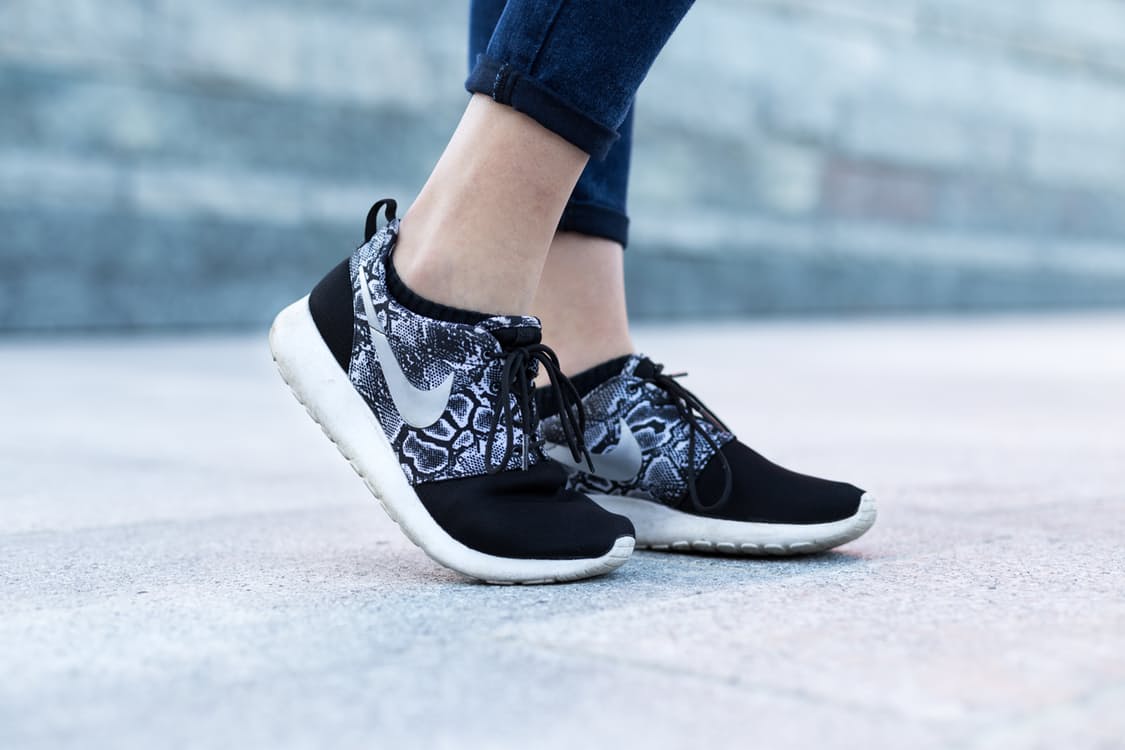
Ankle Fracture Treatment in Huntington
Ankle injuries are the most common type of bone injury. A broken ankle, or ankle fracture, means that one or more bones or ligaments in the ankle are damaged. Depending on how many bones are broken, ankle fractures may prevent you from walking properly. Island Sports Physical Therapy in Huntington works to help patients properly recover from and treat ankle injuries.
Some ankle injuries can be healed on their own within a few days. An ankle fracture, however, is more severe than an ankle sprain. Most cases of ankle fractures occur by twisting your ankle, falling, or playing a sport. Symptoms include swelling, severe pain, and bruising.
Treating ankle fractures include:
- Ice to reduce swelling.
- Immobilization of the foot.
- Crutches and walking boots.
- Pain relievers.
- Surgery (If required).
When treating an ankle fracture, ice packs should be used alongside pain relievers to reduce pain and swelling. A splint may be worn if the ankle is not out of place in order to immobilize the foot. Crutches and walking boots are required for most severe ankle injuries since it allows the ankle to heal properly without moving it.
Some ankle fractures need to be treated surgically if the bones are out of place. X-Rays must be done in order to determine if the surgery is required or not. It’s only necessary if the ankle is unstable or has a compound fracture. The surgical procedure moves the fractured bones back into place. After surgery, the pain will typically subside after a couple of weeks. The average recovery time for a broken ankle is 6-8 weeks depending on the ligaments and tendons. It is important that you take your time when recovering from an ankle fracture and you shouldn’t put too much pressure on your foot for a couple of weeks after recovery.
ISPT in Huntington helps their patients fully gain strength back in their fractured ankles and work to help regain mobility and stability in their patients. Contact ISPT in Huntington to start the rehabilitation and treatment for your injury.
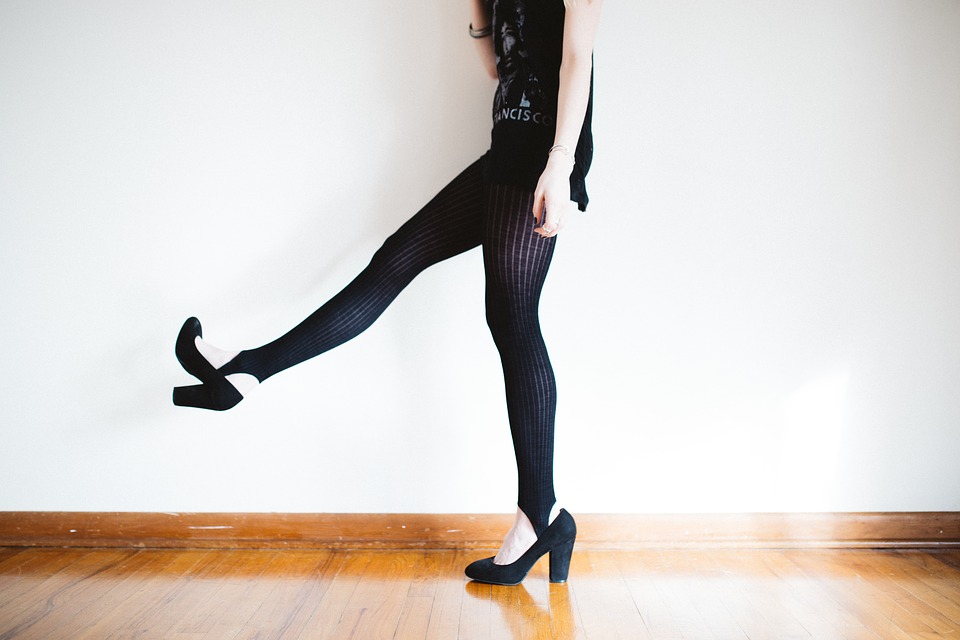
Autoimmune Disorders and Vestibular Disturbances
There are many critical functions to the inner ear; more than one would expect. The inner ear also called the vestibule, is responsible for a wide variety of important functions in the human body. In addition to hearing, the inner ear is also responsible for maintaining a sense of balance in the body. And as the inner ear is a complex and sensitive area, there are many potential conditions that can cause the ear vestibule to function improperly. Contact Island Sports Physical Therapy in Huntington Station, NY today for more information.
Like the rest of the body, the ear vestibule requires protection from foreign invaders to stay functioning and free of infection. The body’s immune system is responsible for protecting the inner ear, and the rest of the body alike. The immune system attacks any tissue it does not recognize as native, in order to keep the body safe. However, there are some conditions in which the immune system makes a mistake and attacks the body. These are known as autoimmune disorders. While most vestibular conditions are not related to autoimmune disorders, they are not unheard of. Appropriately named, the most common type is known as Autoimmune Inner Ear Disease or AIED. This is usually defined as a type of hearing loss caused by the immune system attacking the inner ear. Along with hearing loss, symptoms can include loss of balance, feelings of dizziness, and ringing sounds in the ear. Typically, only one ear will initially be affected. Eventually, the second ear may experience symptoms ay well.
One of the most common symptoms of vestibular disturbances is the inability to feel balanced. Through a variety of exercises techniques, a physical therapist can help patients restore and maintain balance lost from vestibular conditions. The experts at Island Sports Physical Therapy in Huntington Station, NY can help patients with vestibular conditions, as well as all physical therapy needs. With seven convenient locations around Nassau and Suffolk counties, ISPT can help you get back in balance.
